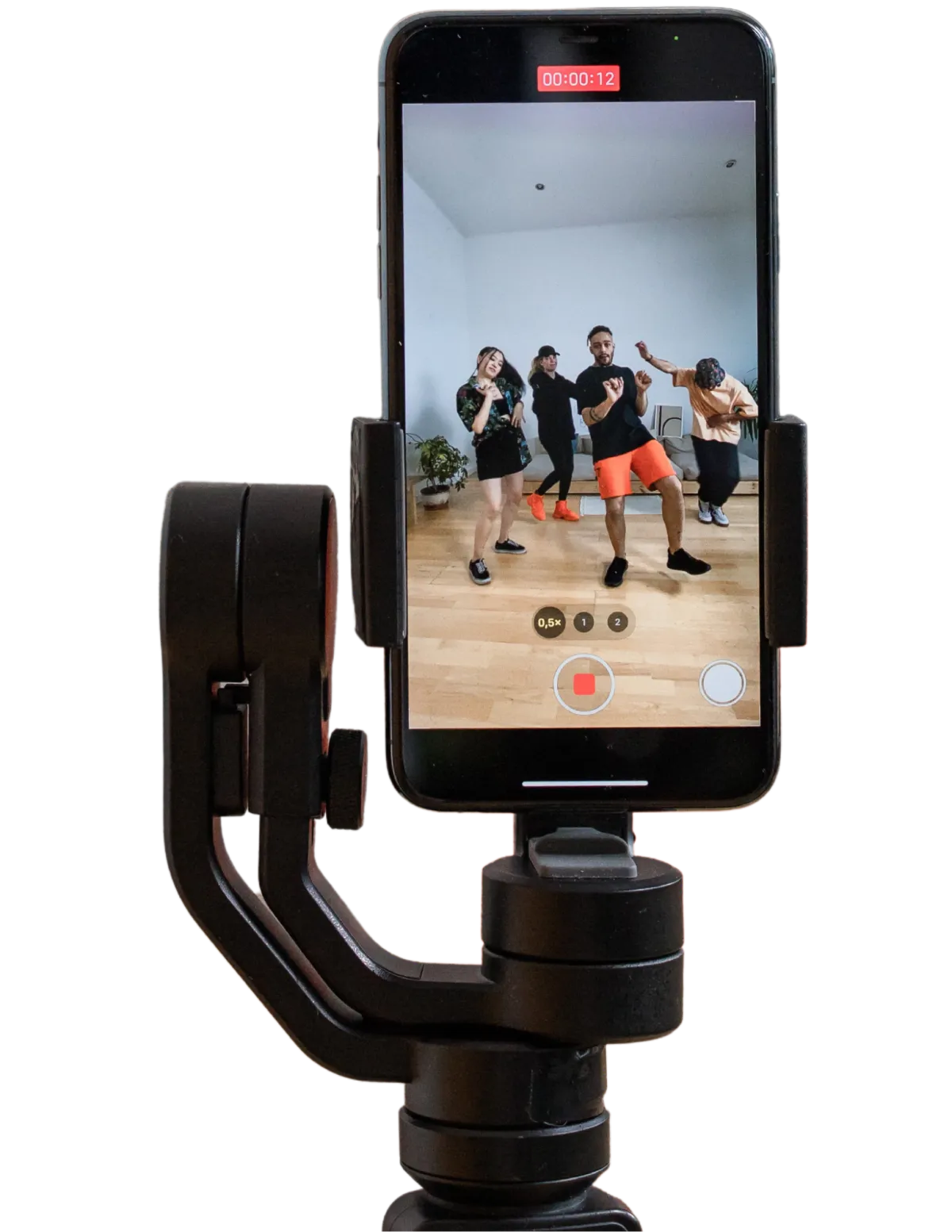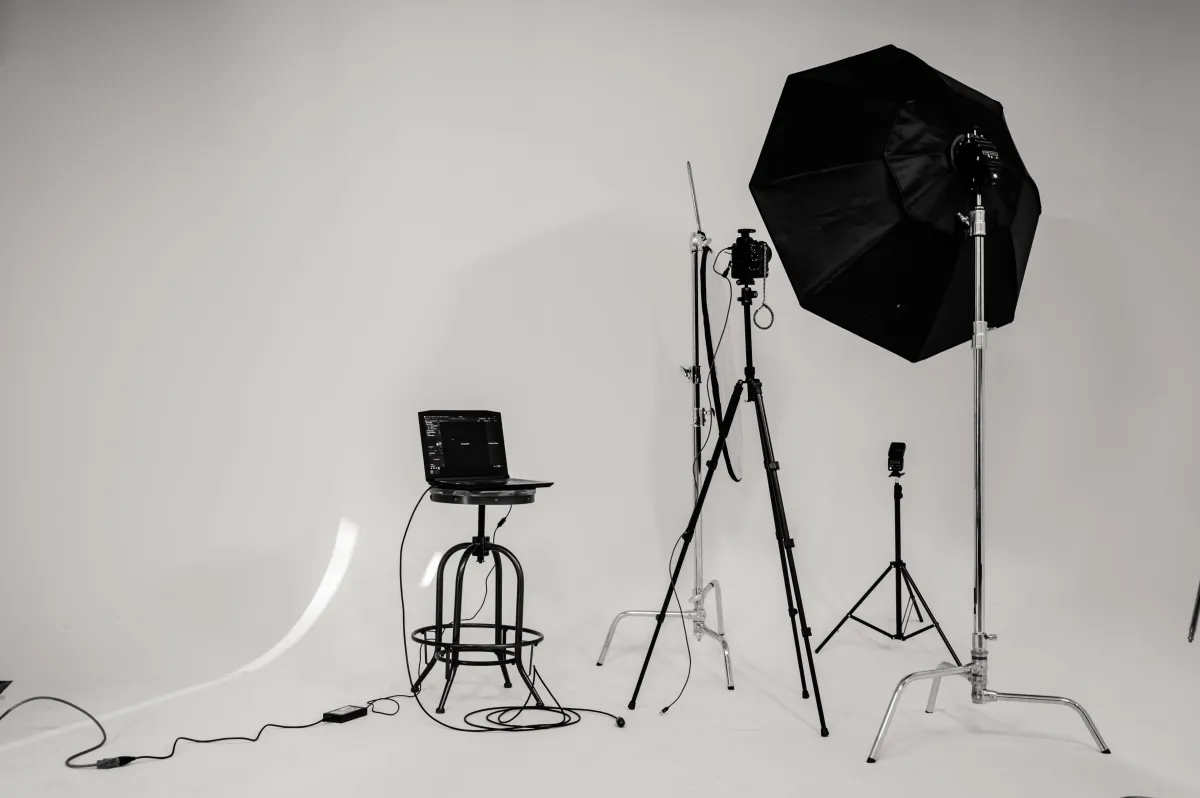Enter contests. Win big!
Your one stop shop for up-to-date online video contests! Enter to win big today!

New Contests Open NOW!
Enter these contests before it's too late!

A Filmmaker’s Guide to Lighting Techniques
Lighting is a fundamental aspect of filmmaking that goes beyond mere illumination; it sets the mood, highlights essential elements, and contributes to the overall visual narrative. In this blog, we will explore a comprehensive guide to lighting techniques, providing filmmakers with the knowledge to master the art of lighting and enhance the storytelling in their films.
Understand the Basics of Three-Point Lighting:
Three-point lighting is a fundamental concept that forms the backbone of many lighting setups. Learn about key light, fill light, and backlight to create a balanced and visually appealing illumination on your subjects.
Experiment with High Key and Low Key Lighting:
High key lighting involves bright and even illumination, creating a low-contrast, upbeat look. On the other hand, low key lighting uses shadows and contrast for a dramatic and mysterious atmosphere. Experiment with both techniques to suit the mood of your scenes.
Master Natural Light Filmmaking:
Natural light can be a filmmaker's best friend. Explore techniques for harnessing the power of sunlight, including using diffusers and reflectors to soften or enhance natural light, depending on your creative vision.
Utilize Soft Lighting for a Gentle Ambiance:
Soft lighting minimizes harsh shadows and creates a gentle, flattering ambiance. Explore techniques such as using softboxes, diffusers, or bouncing light off reflective surfaces to achieve soft lighting suitable for various scenes.
Create Cinematic Depth with Rembrandt Lighting:
Rembrandt lighting, inspired by the works of the famous painter, creates a triangle-shaped highlight on the subject's cheek. This technique adds cinematic depth and a classic aesthetic to your shots.
Experiment with Practical Lighting:
Practical lighting involves using existing light sources within the scene, such as lamps or candles. Master the art of integrating practical lighting seamlessly into your shots to add authenticity and depth to your film.
Use Silhouettes for Dramatic Effect:
Silhouettes can evoke powerful emotions and create visually stunning scenes. Experiment with backlighting to create silhouettes, emphasizing the outline of your subjects against a bright background.
Explore Creative Lighting Accessories:
Dive into the world of lighting accessories, including gels, grids, and barn doors. These tools allow you to manipulate and shape light, adding creative flair to your scenes and emphasizing specific elements.
Understand Color Temperature:
Color temperature influences the mood of your film. Learn about the Kelvin scale and how different color temperatures (warm or cool) can evoke specific emotions. Use this knowledge to convey the desired atmosphere in your scenes.
Dynamic Lighting for Action Sequences:
Action sequences require dynamic and intense lighting. Explore techniques such as spotlighting, motion tracking lights, or using practical effects to enhance the visual impact of your action scenes.
Mastering Nighttime Filmmaking:
Filming at night presents unique challenges and opportunities. Learn how to effectively use moonlight, streetlights, and practical sources to create atmospheric nighttime scenes that captivate audiences.
Enhance Storytelling with Lighting Changes:
Intentional lighting changes can mark shifts in mood, time, or narrative. Experiment with lighting transitions to enhance storytelling, whether it's a gradual shift in color temperature or a sudden change in intensity.
Use Negative Fill for Contrast:
Negative fill involves minimizing or blocking light from certain areas, creating contrast and depth. Experiment with negative fill to control the shadows and highlights in your scenes, adding dimension to your compositions.
Incorporate Lighting Movement:
Dynamic lighting movement can bring energy and excitement to your shots. Experiment with moving lights, flickering effects, or tracking shots to create visually engaging sequences.
Stay Consistent for Continuity:
Maintain lighting continuity throughout your film to create a cohesive visual experience. Plan your lighting setups in advance and use consistent techniques to avoid jarring shifts in the visual narrative.
Conclusion: Mastering lighting techniques is an art that evolves with practice and experimentation. By understanding the principles outlined in this guide, filmmakers can elevate their storytelling through the strategic use of light. Whether creating a moody atmosphere, enhancing character expressions, or adding cinematic depth, lighting techniques play a crucial role in bringing your creative vision to life on the screen. So, grab your lighting equipment, explore these techniques, and let your cinematic storytelling shine.
Follow Online Video Contests
Never miss a new contest alert! Follow us on social media to stay up to date on everything OVC.



Copyright 2023 | Online Video Contests
Contact
partnerships@onlinevideocontests.com
